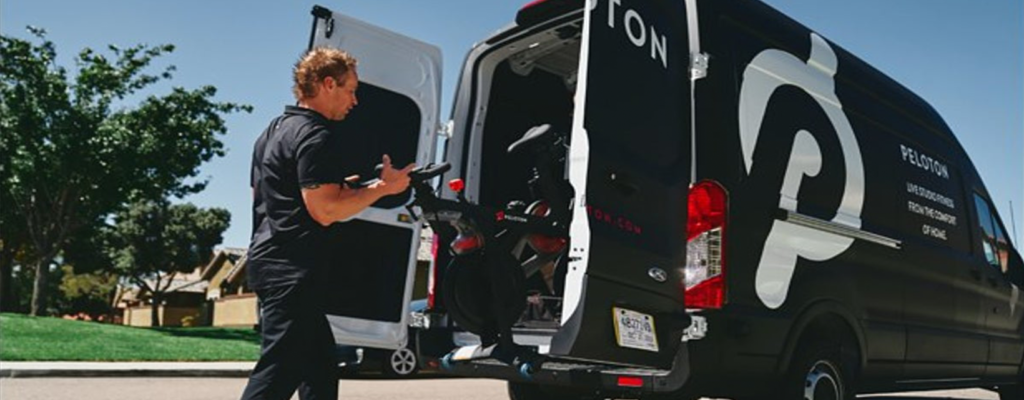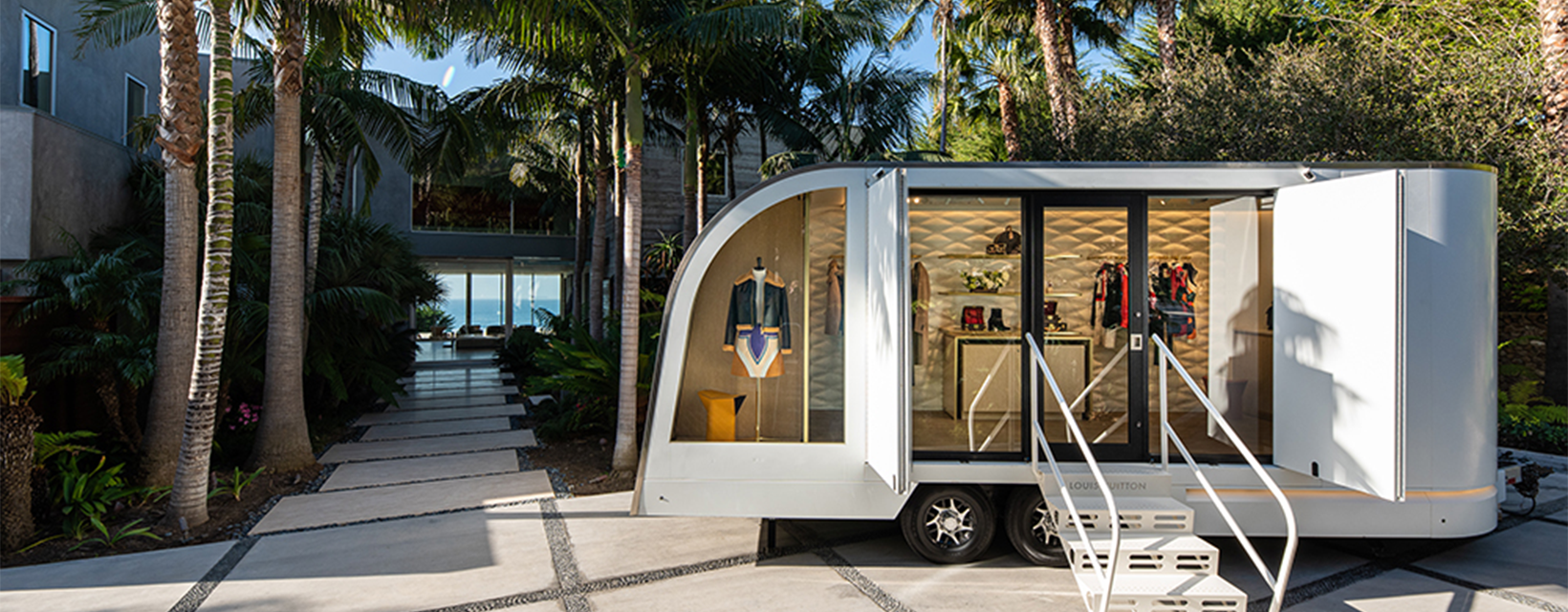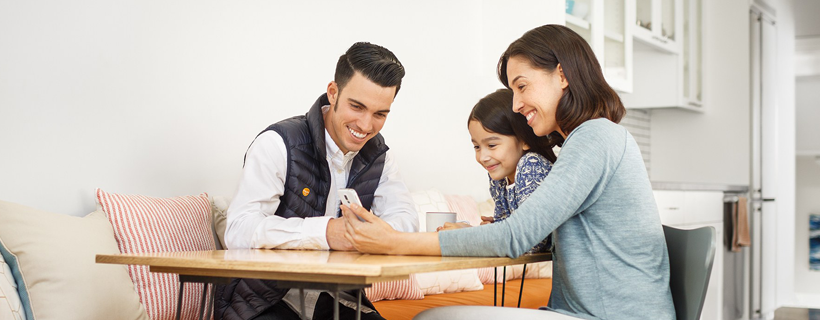This is the second in a multi-part series rethinking ecommerce. The series is based on three premises:
- Ecommerce is just commerce at home. Today, almost all retail transactions involve some digital elements. Shopping now happens on a spectrum between the store and home (e.g., ordering online for in-store pickup). As such, the term ecommerce no longer serves us. What we think of as ecommerce today is better understood as commerce at home. Read more in part 1: Rethinking Ecommerce as Commerce at Home.
- All great retailers focus on convenience or the experiential. Retail succeeds near either end of the spectrum between convenience (speed, selection, self-service) and the experiential (personalized, curated, high-touch). Either can be a great experience. Convenience retailers deliver a great experience by ruthlessly eliminating the need for human interaction. Experiential retailers emphasize human interaction, consultation, and support. In what follows, we will unpack this second premise.
- There is an open opportunity in experiential commerce at home. These two spectrums, store-based vs. commerce at home, and convenience vs. experiential retail, set up a four-box paradigm to consider. Walmart was a pioneer and long-term winner in store-based convenience retail; Amazon delivers that same convenience at home. Apple reinvented experiential retail with services like the Genius Bar, but has struggled to bring that same experience to the home. Conversely, Amazon has established new norms for speed, selection and convince, but has struggled with attempts at the experiential (e.g., TV mounting). This leaves an open opportunity in experiential commerce at home.

We’re investors in Enjoy, a technology company that partners with premium brands, including Apple, to offer a high-touch retail experience in the comfort of home. Enjoy is directly addressing the open opportunity in experiential commerce at home.
Convenience or the experiential
Our second premise is that all great retailers focus either on convenience or the experiential. Consider your last trip to Walmart, Target, Costco, or Ikea. How many store employees did you interact with? Ideally, for the retailer, only a cashier — and even that interaction is going away. Or consider all of your Amazon purchases over the years. How many times have you reached out to Amazon customer service? Ideally, none.
“It’s already too late by the time you’re doing customer service. The best customer service is if the customer doesn’t need to call you, doesn’t need to talk to you. It just works.” – Jeff Bezos
When convenience is the objective, it stands to reason that these retailers eliminate the need for service and support. Removing human interaction reduces friction in the transaction. Convenience retailers prioritize speed and selection to make self-service more convenient.
Now, consider your last trip to the Apple store. A warm welcome from a greeter who notifies a sales associate or a genius that you’ve arrived. Someone else may bring out your new MacBook Air from the stockroom, and another associate may help you set it up for the first time. By the time you’re done at the Apple store, you may have interacted with 3 or 4 associates. This is experiential retail.
Experiential retailers push human interaction to drive personalization and consultation. It’s a slower, more thoughtful process with the help of an expert.
But even the Apple store is under pressure to become more transactional and less experiential, particularly during the pandemic. Customers are encouraged to order online or order ahead for in-store pickup to limit browsing time. iPhone sales on launch day have shifted from waiting in lines at Apple stores to pre-ordering online. The Apple Watch try-on experience wasn’t an option for the better part of a year (for good reason).
Experiential commerce at home offers retailers the opportunity to reinvent customer engagement.
Bringing the experiential to the home
Early leaders in commerce at home, like Amazon, have struggled to deliver on the experiential. But that’s starting to change. Peloton, for example, built out its own logistics network to deliver, install, setup, accessorize your bike, and teach you the basics.

Louis Vuitton has designed a traveling boutique that comes to your home by appointment. Attendants curate a collection of clothes and accessories based on past purchases, complete with flowers and champagne.

Enjoy brings the full store experience of its premium retail partners, including Apple, AT&T, BT, and Rogers, into your home. Knowing the product you’ve ordered allows Enjoy to deliver and set up the product, but also offer accessories and related services to individualize the product.

It’s no coincidence that brands like Peloton, Louis Vuitton and Apple are excelling at experiential retail at home. Premium brands seek to deliver a premium experience, because that’s what their customer wants. Enjoy unlocks that opportunity for premium retailers at scale, driving customer engagement, increasing customer satisfaction, and pushing average order values higher with add-ons and accessories.
In our view, the future of premium retail involves an experiential at-home option for most brands and their customers.
Premium brands can focus on the experiential
Most industries seem to support at least one low-cost operator and at least one premium player. To quote Jeff Bezos again:
“There are two types of companies: those that work hard to charge customers more, and those that work hard to charge customers less. Both approaches can work. We are firmly in the second camp.” – Jeff Bezos
Great businesses in most sectors embrace one strategy or the other based on their DNA, their principles and values, and those of their customers. This bifurcated dynamic plays out in most consumer-oriented, brand-driven categories: restaurants, cars, apparel, and others, but perhaps none more than retail. Retailers that try to be all things to all people simply don’t work. Gap comes to mind.
- High-volume, low-margin, convenience-driven. To continue with our tried and true example, Walmart and Amazon have crushed the high-volume, low-margin game in retail driving historic levels of volume. Amazon enjoys particular freedom among its shareholders to pursue low-, no-, or negative-margin sales to drive growth and acquire customers. Another famous Bezos quote comes to mind: “Your margin is my opportunity.” And for a retailer delivering convenience at (seemingly) any cost, that’s the right approach.
- Low-volume, high-margin, experientially-driven. Then there are those companies that work hard to charge customers more. In this case, Bezos is referring indirectly to Apple — and he’s right. Apple wouldn’t describe their strategy in those terms, but they have proven time and again that they can raise prices and expand margins within a given product line. In the last five years, Mac ASP has gone from $1,270 to $1,400 (+10%) and iPhone ASP has gone from $691 to $834 (+21%). Apple adds more capabilities to a given product and keeps the price the same, then expands a product line upward by adding “pro”-level models with higher prices to drive ASP up. And for a premium brand like Apple, even if it has become a premium brand for the masses, that’s the right approach.
Reinventing experiential retail
Consumers have spoken. The ease of commerce at home is undeniable. And Amazon has won in the high-volume, low-margin, convenience-driven retail category.
Premium retailers that want to compete with the likes of Amazon on their own terms need a scalable solution to deliver experiential commerce at home. The ideal solution delivers on the brand promise, delivers on the customer experience, and delivers an economically accretive model. In our view, Enjoy is that solution.
The next part in our series will dig deeper into the Enjoy business model and the open opportunity in experiential commerce at home.
